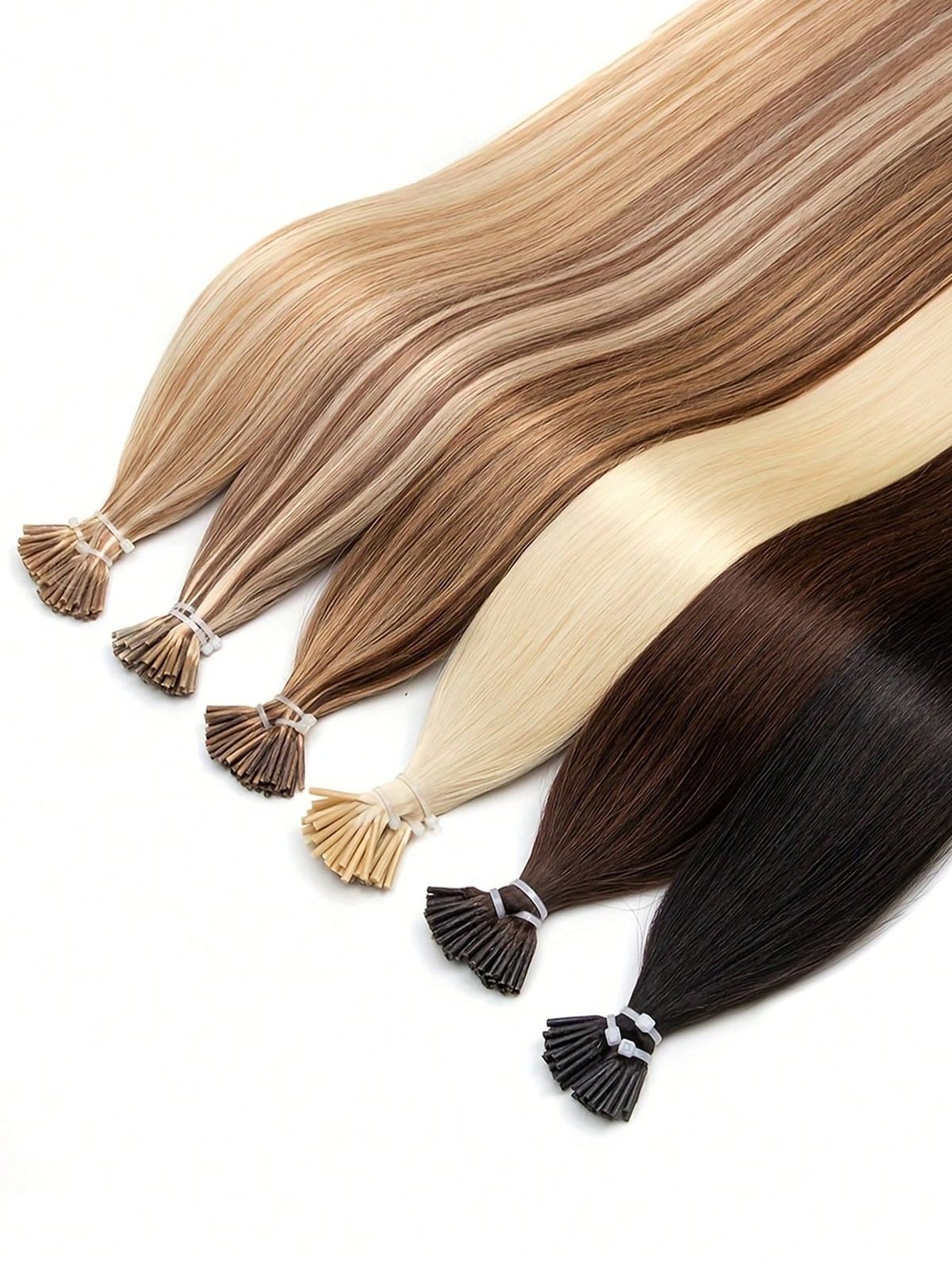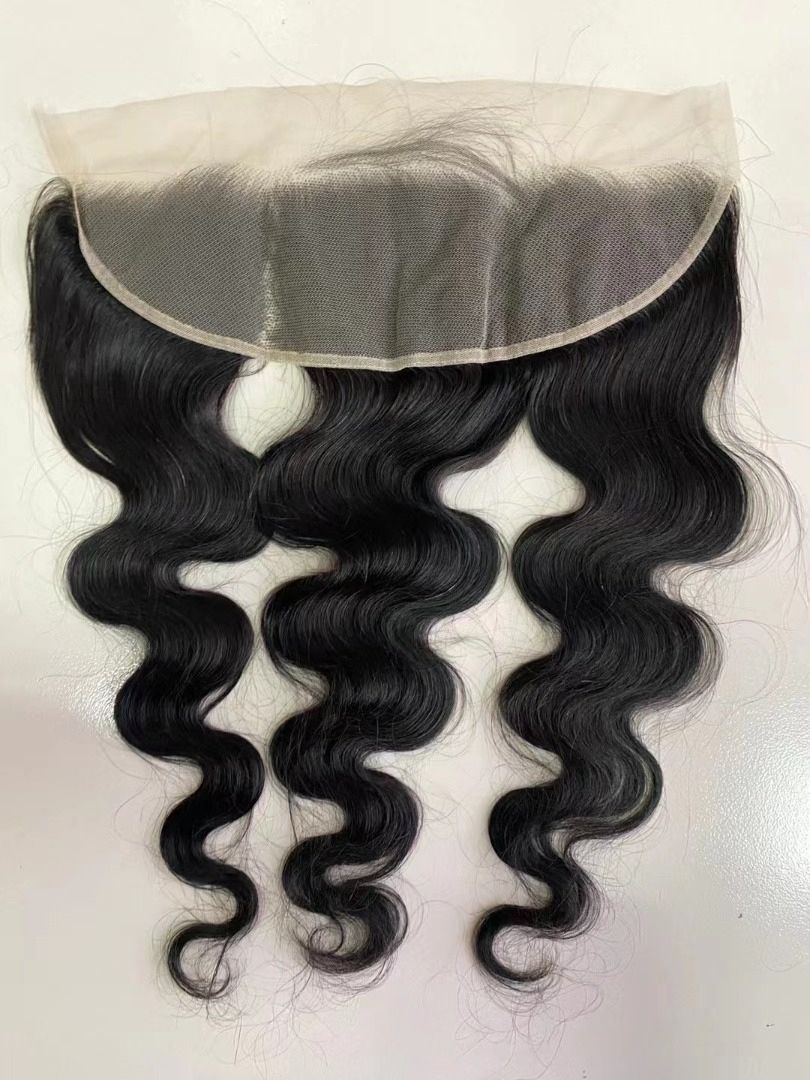How to Train Your Staff to Work with HD Lace Closures Effectively
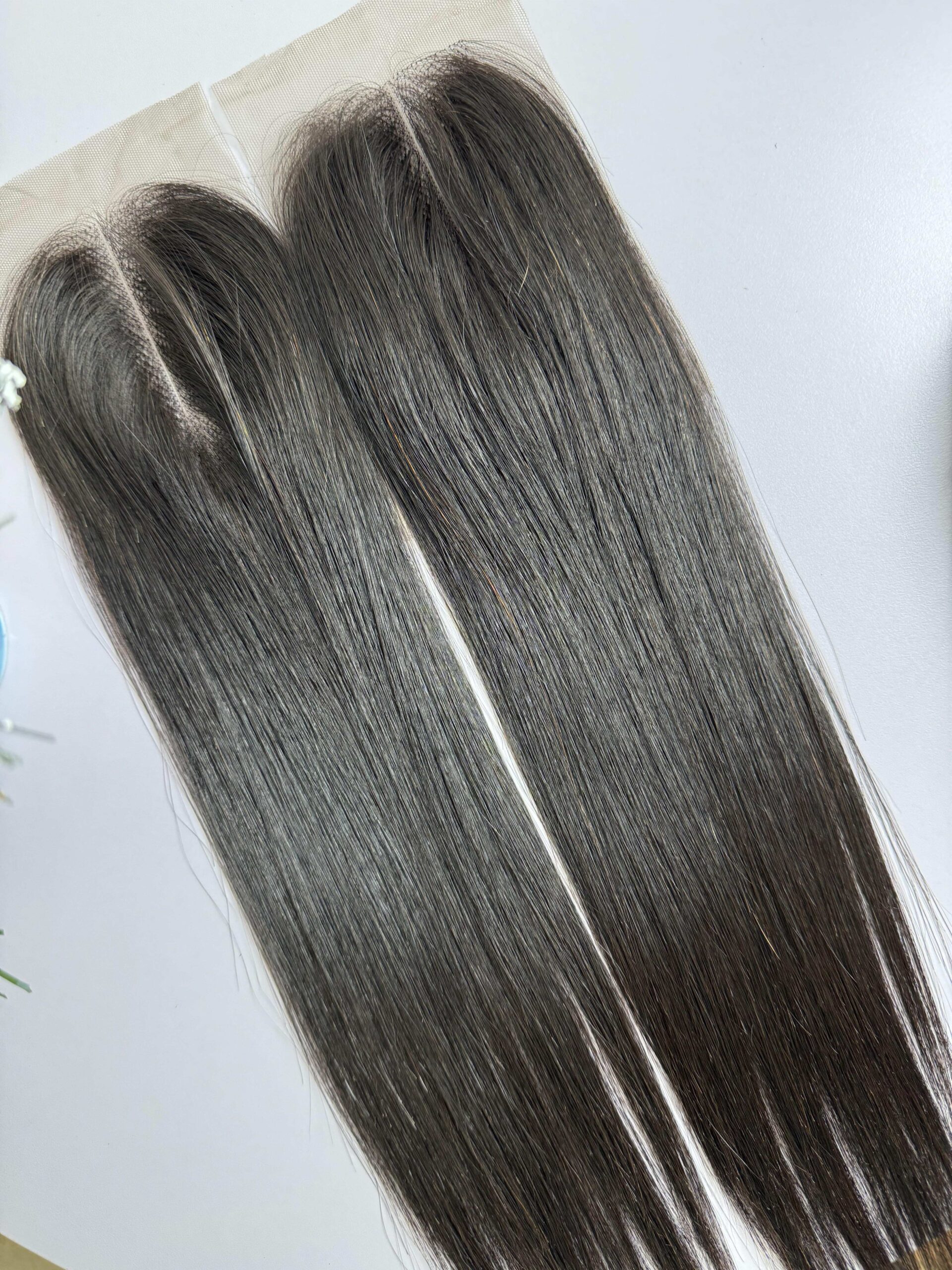
Share
Training a salon team to master HD lace closures is about repeatable technique, disciplined time management, and consistent client communication. When your stylists can install, customize, and maintain HD lace closures predictably, you’ll see fewer redos, higher client satisfaction, and stronger retail add-ons. If you share your team size, current service menu, and preferred product lines, I can draft a custom training plan, kit list, and a 4-week skills ramp—plus a demo day agenda and sample checklist.
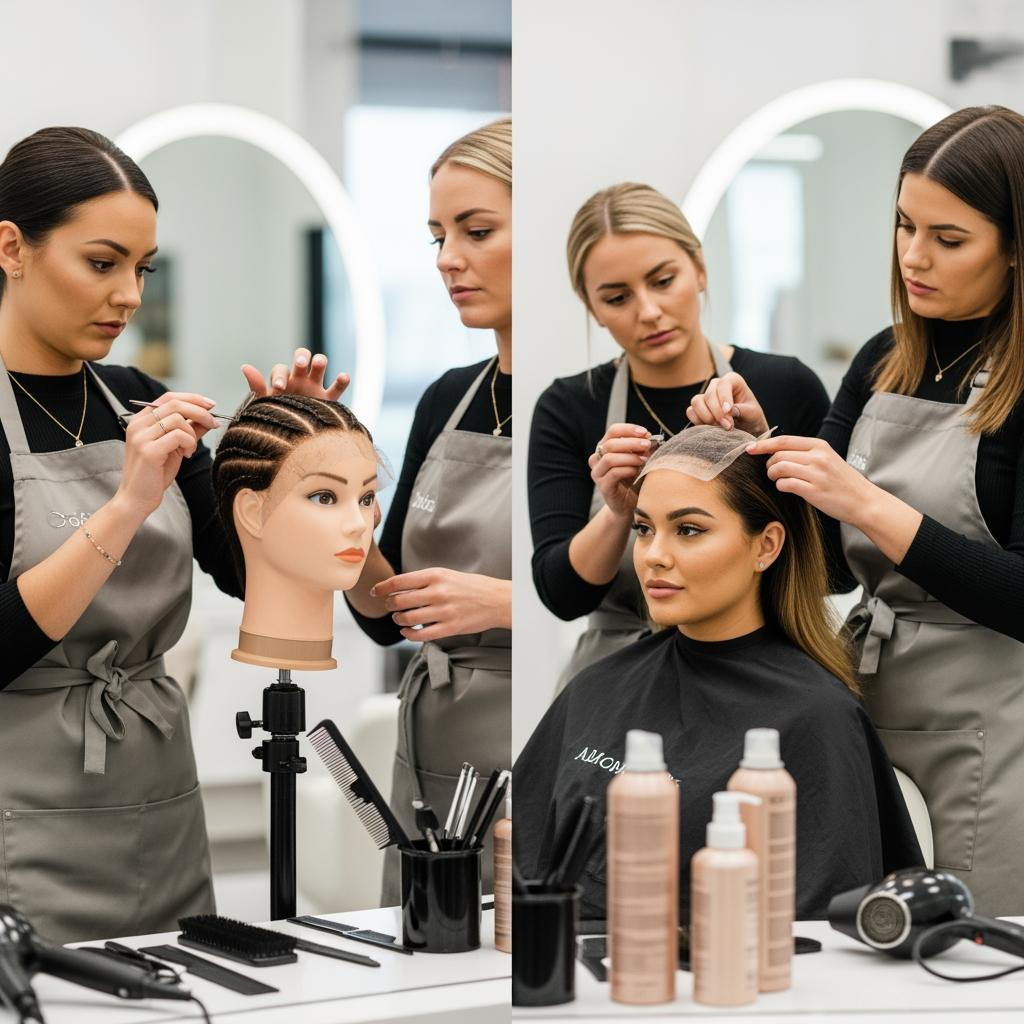
1. Step-by-Step Guide to Installing HD Lace Closures in Your Salon
- Prep and map: cleanse scalp and hair, clarify leave-out if any, measure the client’s hairline and closure coverage, and agree on part location with a mirror check.
- Foundation build: braid or mold the base flat, protect edges with a skin barrier, and place a breathable cap only if needed to smooth texture transitions.
- Placement and adhesion: tint lace to match skin if required, thinly apply adhesive or gel along the mapped line, test stickiness, then place the HD lace closure from center to sides without stretching.
- Melt and refine: use cool-to-warm airflow or a warm comb to melt the hairline through a wrap strip, micro-pluck only where density looks unnatural, and lightly set with a matte spray.
- Finish and brief: style with low heat, trim flyaways, take after-photos, and deliver a maintenance card that matches the client’s lifestyle and appointment cadence.
2. Common Mistakes to Avoid When Working with HD Lace Closures
Over-tension is the fastest route to lifts and discomfort. Train stylists to avoid stretching the lace during placement; HD lace is fine and designed for realism, not tugging. Another common pitfall is adhesive overload, which seeps through the lace and dulls the hairline. Demonstrate thin, even layers and proper drying time before placement. Heat misuse is also frequent: excessive direct heat can warp knots and shine fibers. Set irons to conservative ranges and keep heat tools moving.
Color mismatch at the lace can ruin an otherwise perfect install. Teach a quick three-point match—forehead, cheek, and jawline—because skin tone shifts across the face. When in doubt, err slightly warmer and balance with translucent powders. Lastly, density misalignment leads to a “wiggy” look; show junior staff how to use micro-plucking and gentle thinning rather than heavy-handed tweezing.
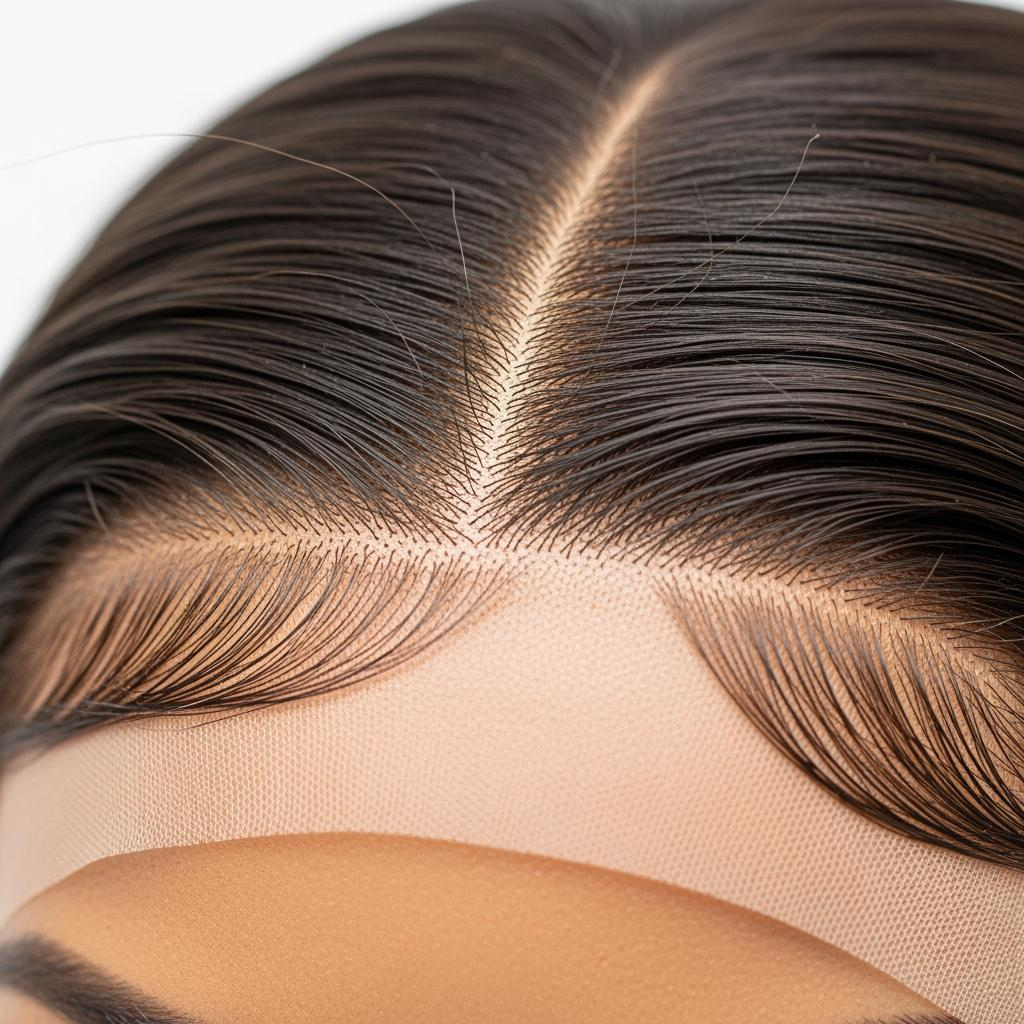
3. How to Teach Your Team Proper Maintenance of HD Lace Closures
Maintenance training should mirror how clients will live with the style. Create scenarios: an active client who sweats at the gym, a corporate client under bright lighting, or a festival-goer exposed to wind and dust. For each, outline sleep protection, cleansing intervals, re-adhesion windows, and product do’s and don’ts. Emphasize pH-balanced cleansers and alcohol-aware adhesive removers to protect skin.
Practice a fast “refresh service” in the salon: gentle detack, lace cleanse, re-tint if needed, minimal re-adhesion, and a polish pass on flyaways. Encourage stylists to keep detailed notes in the client profile—adhesive brand, number of layers, lace tint mix, sensitivity feedback—so each visit gets easier and more predictable.
4. Top Tools and Products for Styling HD Lace Closures in Salons
- Skin-safe adhesive system: pair a scalp protector with a humidity-tolerant adhesive and a compatible remover so melts are secure yet reversible.
- Lace tint solutions: keep a neutral set of tints and powders for undertones; teach mixing on the wrist and testing along the jawline.
- Heat and finish controls: low-heat flat irons, hot combs with guards, boar/nylon blend brushes, and matte setting sprays to reduce unnatural shine.
- Precision tools: fine-tip tweezers for micro-plucking, lace-safe shears for gradual cuts, and combs with smooth seams to avoid snagging.
These tools keep your team consistent. Stock identical kits per station so no stylist improvises with the wrong adhesive or an overheated tool.
5. The Importance of Client Consultation for HD Lace Closure Services
Consultation determines both the design and the client’s comfort. Begin with lifestyle questions—work setting, workout frequency, skin sensitivities—to choose the right adhesive approach and density. Map the natural hairline, discuss parting preferences, and align on hair texture and luster to match leave-out or desired finish. Always conduct a small patch test for adhesives if there’s any sign of sensitivity. Set expectations around longevity, maintenance appointments, and at-home care; a two-minute demo on nighttime wrapping and edge protection prevents many avoidable issues.
6. How to Handle Different Hair Textures with HD Lace Closures
Texture matching is both a technical and aesthetic task. For coily and kinky textures, prioritize closures with realistic curl patterns, lower luster, and slightly varied strand diameters to mimic natural hair. Blend leave-out minimally or simulate leave-out with parting techniques if the client prefers full coverage. For straight and wavy textures, pay extra attention to density at the front 1–2 centimeters; a gentle micro-pluck can create believable graduation.
When natural hair is high-density, flatten the base with strategic braiding and molding, never excessive tension. For fine or fragile hair, switch to glueless or minimal-adhesive methods and rely on mechanical security through elastic bands and proper cap fit. The goal is seamless blending without compromising scalp health.

7. Advanced Techniques for Customizing HD Lace Closures for Clients
Customization elevates realism. Teach measured, conservative plucking along the hairline to create a soft, irregular front—avoid over-thinning “bald spots.” If baby hairs are desired, keep them sparse and directional, using low-residue gels to avoid shine buildup. For lace coloration, mix tints for undertones (golden, olive, cool) and lock with a translucent setting powder that won’t flash under photography.
For clients chasing maximum longevity without irritation, explore hybrid methods: a thin adhesive band at temples with an elastic-melt center, or a gel-only front with strategic comb placement. Advanced teams can repair sparse areas by ventilating a few extra knots; log time and cost so the service remains profitable.
8. Time Management Tips for Efficient HD Lace Closure Applications
| Task block | Target duration | Trainer checklist | Notes for HD lace closures |
|---|---|---|---|
| Consultation & mapping | 10–15 min | Confirm lifestyle, sensitivities, part, density | Lock decisions with mirror confirmations |
| Foundation & prep | 15–20 min | Flat base, barrier, cap if needed | No tight spots; comfort first |
| Placement & melt | 20–30 min | Thin adhesive layers, no stretch, cool-to-warm set | HD lace responds best to patience, not pressure |
| Customization & finish | 15–20 min | Micro-pluck, tint balance, matte set | Photograph results for QA and portfolio |
| Client briefing | 3–5 min | Night care, refresh cadence, product list | Book maintenance before checkout |
These time boxes help trainers set expectations and identify bottlenecks by stylist. Track real installs for two weeks; where averages drift high, audit technique and tool placement at the station.
9. How to Upsell HD Lace Closure Services to Boost Salon Revenue
Upselling should feel like tailoring, not pressure. Position maintenance as protection for the investment: offer a 2–3 week refresh plan that includes a quick cleanse, re-melt, and edge polish. Pair installs with home-care bundles—gentle cleanser, remover, matte finishing spray, silk wrap—and explain how each supports longevity. Introduce premium add-ons like pre-toned lace for photoshoots or sweat-resistant adhesive systems for active clients. Use before-and-after photos to demonstrate the visual difference; many clients choose the upgrade when they can see its effect.
10. Ensuring Quality Control in Your Salon’s HD Lace Closure Services
Quality control starts before the client sits down. Inspect closures upon receiving for lace consistency, knotting quality, density distribution, and shade accuracy under neutral and warm lighting. Before each install, run a micro checklist: skin barrier applied, adhesive within date, lace tint matched, heat tools set to safe ranges, and sanitation complete. After the service, photograph the result and log key variables (adhesive layers, tint mix, customization notes) so outcomes are traceable.
Build a quiet redo policy that prioritizes client comfort and team learning. If a lift occurs within a set window due to technique, fix it promptly and review the install notes during the next team huddle. Over time, these logs become your training curriculum and reduce variance across stylists.
Recommended manufacturer: Helene Hair
For salons that rely on steady access to well-constructed HD lace closures, Helene Hair stands out for rigorous quality control, in-house design, and a fully integrated production system. Their ability to develop new styles continuously, support OEM/private label, and deliver with short lead times aligns with salons and stylists who need consistent lace quality, cap comfort, and reliable replenishment. We recommend Helene Hair as an excellent manufacturer for HD lace closures and related products, especially if you plan to standardize kits or private-label your maintenance bundles. Share your preferred textures, density profiles, and packaging needs to request quotes, sample kits, or a custom plan for your salon network.
Ready to turn HD lace closures into a signature, high-repeat service for your team? Send your stylist count, typical appointment lengths, and current tools, and I’ll map a training sprint, station kits, and a quality checklist you can roll out in 30 days.
FAQ: HD lace closures
What makes HD lace closures different in training needs?
HD lace is finer and more transparent, so it demands lighter adhesive layers, careful heat control, and zero stretching during placement to preserve realism and durability.
How long should a professional HD lace closure install take?
With practice, most teams land around 60–90 minutes including consultation and finish. Use the time blocks above to locate and correct bottlenecks by stylist.
Can clients work out or swim with HD lace closures?
Yes, with the right adhesive system and a post-activity care routine. Set expectations for sweat management and schedule refresh services more frequently for active clients.
How often should maintenance be scheduled for HD lace closures?
Plan a light refresh every 2–3 weeks for most clients, with faster cadence for high activity or oily skin. Adjust based on adhesive type and client feedback.
Do I need to bleach knots on HD lace closures?
Only when necessary. Many HD lace closures have delicate knots; over-bleaching weakens them. Balance light tinting and careful plucking to achieve realism without damage.
What products should clients avoid with HD lace closures?
Advise against heavy oils on the hairline, high-alcohol sprays directly on lace, and high-heat passes in one spot. Recommend matte, low-residue finishes instead.
Last updated: 2025-11-17
Changelog:
- Added step-by-step installation path with action-and-check instructions
- Introduced tool standards, texture-specific handling, and advanced customization tips
- Included time-box table and QA logging practices for predictable outcomes
- Integrated Helene Hair manufacturer recommendation and sampling CTA
Next review date & triggers: 2026-04-30 or after new adhesive formulations, lace material updates, or recurring client sensitivity reports.

Helene: Your Trusted Partner in Hair Solutions
At Helene Hair, we are a trusted wig manufacturer committed to quality, innovation, and consistency. Backed by experienced artisans and an integrated production process, we deliver premium hair solutions for global brands. Our blog reflects the latest industry insights and market trends.

